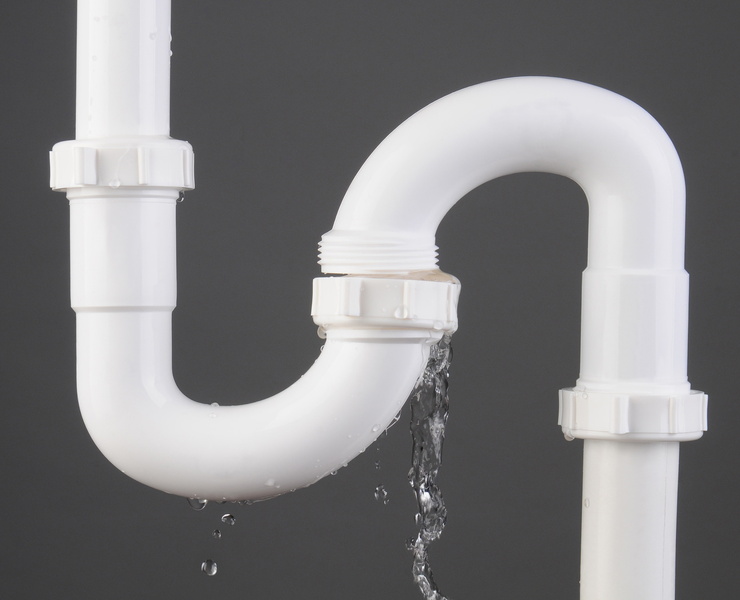What're your thoughts about Top leak detection hacks?

Early detection of dripping water lines can alleviate a potential disaster. Besides saving you money, it will certainly reduce the worry and stress. The moment you discover a leakage, calling your plumber for repairs is the very best remedy. Nevertheless, some little water leaks may not show up. Right here are some hacks that assist if you can not identify it with your naked eyes.
1. Check Out the Water Meter
Every house has a water meter. Inspecting it is a proven manner in which aids you find leaks. For starters, turn off all the water sources. Make certain nobody will certainly flush, make use of the faucet, shower, run the cleaning maker or dishwashing machine. From there, most likely to the meter and also watch if it will alter. Considering that no one is utilizing it, there should be no motions. If it moves, that shows a fast-moving leakage. If you discover no adjustments, wait a hr or 2 and check back again. This implies you might have a slow leak that can also be underground.
2. Inspect Water Consumption
Analyze your water bills and also track your water consumption. As the one paying it, you should see if there are any kind of disparities. If you spot sudden changes, despite your consumption coinciding, it indicates that you have leaks in your plumbing system. Remember, your water bill need to drop under the exact same range monthly. An unexpected spike in your costs shows a fast-moving leakage.
A stable increase every month, also with the same habits, shows you have a slow leakage that's also gradually escalating. Call a plumber to extensively check your residential or commercial property, specifically if you feel a warm area on your floor with piping below.
3. Do a Food Coloring Test
30% comes from commodes when it comes to water usage. Test to see if they are running correctly. Decline flecks of food shade in the tank and also wait 10 minutes. If the color in some way infiltrates your dish throughout that time without flushing, there's a leak between the tank and also dish.
4. Asses Outside Lines
Do not forget to inspect your outdoor water lines as well. Needs to water seep out of the connection, you have a loose rubber gasket. One little leak can waste lots of water and also spike your water bill.
5. Examine as well as Examine the Circumstance
Property owners must make it a habit to check under the sink counters as well as even inside closets for any bad odor or mold growth. These 2 red flags show a leakage so punctual focus is required. Doing routine examinations, also bi-annually, can conserve you from a significant issue.
Examine for discolorations and deteriorating as most home appliances as well as pipelines have a life expectancy. If you suspect leaking water lines in your plumbing system, don't wait for it to intensify.
Early detection of leaking water lines can alleviate a prospective disaster. Some tiny water leakages might not be noticeable. Checking it is a guaranteed way that helps you find leaks. One little leak can lose tons of water as well as surge your water expense.
If you believe dripping water lines in your plumbing system, do not wait for it to intensify.
WARNING SIGNS OF WATER LEAKAGE BEHIND THE WALL
PERSISTENT MUSTY ODORS
As water slowly drips from a leaky pipe inside the wall, flooring and sheetrock stay damp and develop an odor similar to wet cardboard. It generates a musty smell that can help you find hidden leaks.
MOLD IN UNUSUAL AREAS
Mold usually grows in wet areas like kitchens, baths and laundry rooms. If you spot the stuff on walls or baseboards in other rooms of the house, it’s a good indicator of undetected water leaks.
STAINS THAT GROW
When mold thrives around a leaky pipe, it sometimes takes hold on the inside surface of the affected wall. A growing stain on otherwise clean sheetrock is often your sign of a hidden plumbing problem.
PEELING OR BUBBLING WALLPAPER / PAINT
This clue is easy to miss in rooms that don’t get much use. When you see wallpaper separating along seams or paint bubbling or flaking off the wall, blame sheetrock that stays wet because of an undetected leak.
BUCKLED CEILINGS AND STAINED FLOORS
If ceilings or floors in bathrooms, kitchens or laundry areas develop structural problems, don’t rule out constant damp inside the walls. Wet sheetrock can affect adjacent framing, flooring and ceilings.
https://www.servicemasterbyzaba.com/blog/how-to-detect-water-leakage-in-walls/

I ran across that piece of writing about Locating water leaks while exploring the internet. I beg you take the time to share this blog entry if you appreciated it. Thanks a lot for your time. Come back soon.
Got a leak? Call!